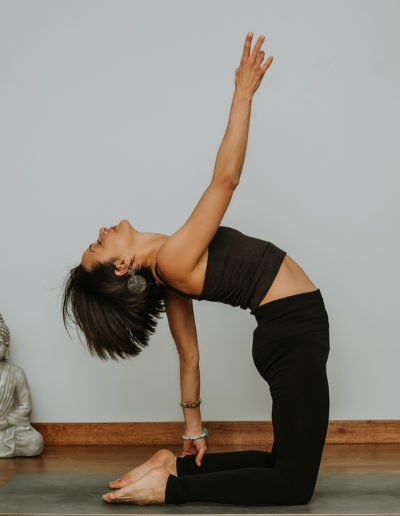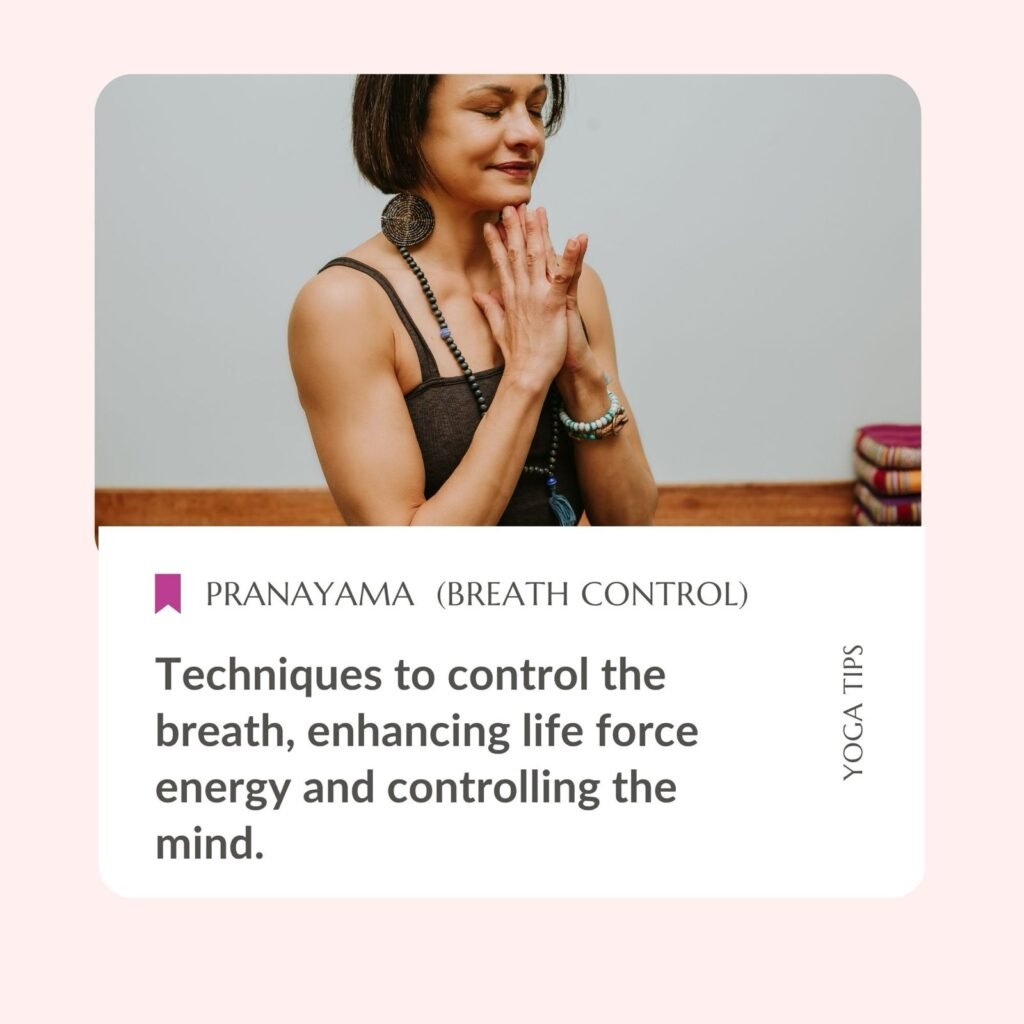The 8 Limbs of Yoga: A Journey to Wholeness

Yoga is often misunderstood as simply a physical practice, but it’s actually a rich and complex philosophy that encompasses physical, mental, and spiritual disciplines. At the heart of yoga is the concept of the 8 Limbs, which provide a framework for living a balanced, meaningful, and fulfilling life.
In this blog post, we’ll delve into each of the 8 Limbs, exploring their significance, practical applications, and how they can be integrated into daily life.
1. Yamas: Universal Ethics

The Yamas are the first limb of yoga and provide a foundation for ethical living. They consist of five principles:
– Ahimsa (non-violence)
– Satya (truthfulness)
– Asteya (non-stealing)
– Brahmacharya (self-control)
– Aparigraha (non-possessiveness)
By embracing the Yamas, we cultivate compassion, honesty, and self-awareness, creating a strong foundation for our yoga practice and daily life.
2. Niyamas: Personal Observances

The Niyamas are the second limb of yoga and focus on personal growth and self-care. They consist of five principles:
– Sauca (cleanliness)
– Santosa (contentment)
– Tapas (self-discipline)
– Svadhyaya (self-reflection)
– Ishvara Pranidhana (surrender to a higher power)
By practicing the Niyamas, we develop greater self-awareness, self-acceptance, and self-love, leading to a more authentic and fulfilling life.
3. Asanas: Postures

The Asanas are the third limb of yoga and refer to the physical postures practiced in yoga. These postures aim to:
– Balance and align the body
– Cultivate flexibility and strength
– Prepare the body for meditation
By practicing Asanas, we develop greater body awareness, flexibility, and overall well-being.
4. Pranayama: Breath Control

Pranayama is the fourth limb of yoga and focuses on the control and regulation of the breath. This practice aims to:
– Balance and calm the nervous system
– Prepare the mind for meditation
– Increase oxygenation and vitality
By practicing Pranayama, we develop greater control over our breath and nervous system, leading to increased calmness and clarity.
Head over to my YouTube channel for a short breath exercise add below link here
5. Pratyahara: Sense Withdrawal

Pratyahara is the fifth limb of yoga and involves the withdrawal of the senses from external stimuli. This practice aims to:
– Quiet the mind and reduce distractions
– Increase self-awareness and introspection
– Prepare the mind for meditation
By practicing Pratyahara, we develop greater control over our senses and mind, leading to increased focus and inner peace.
6. Dharana: Concentration

Dharana is the sixth limb of yoga and involves the practice of concentration. This practice aims to:
– Focus the mind and reduce mental chatter
– Increase mental clarity and awareness
– Prepare the mind for meditation
By practicing Dharana, we develop greater control over our mind and thoughts, leading to increased concentration and mental clarity.
7. Dhyana: Meditation

Dhyana is the seventh limb of yoga and involves the practice of meditation. This practice aims to:
– Quiet the mind and access deeper states of consciousness
– Increase self-awareness and introspection
– Experience a sense of unity and connection with all
By practicing Dhyana, we develop greater awareness of ourselves and the world around us, leading to increased compassion, wisdom, and inner peace.
8. Samadhi: Union

Samadhi is the eighth and final limb of yoga and involves the experience of union or enlightenment. This state is characterized by:
– A sense of unity and connection with all
– Transcendence of the ego and individual identity
– Experience of pure consciousness and bliss
By practicing the 8 Limbs of Yoga, we can experience greater physical, mental, and spiritual well-being, leading to a more authentic, meaningful, and fulfilling life.
Join me on my upcoming yoga retreat in Durban where we will go deeper within the 8 Limbs of yoga add link to PUMULA RETREAT HERE

